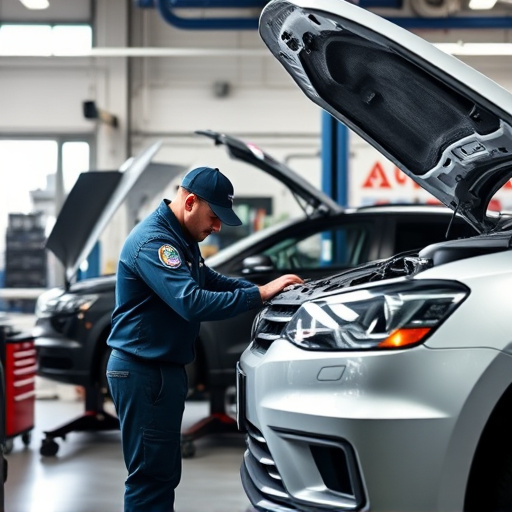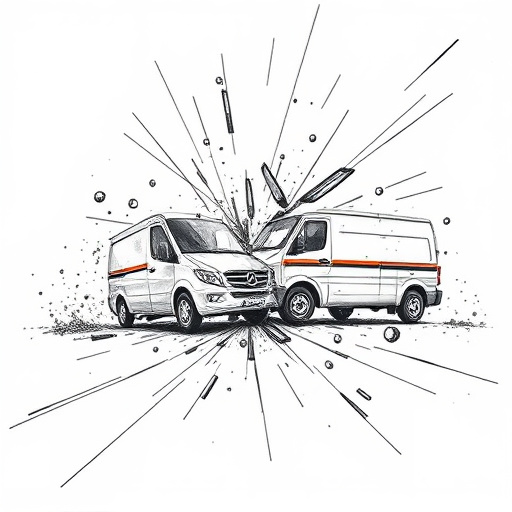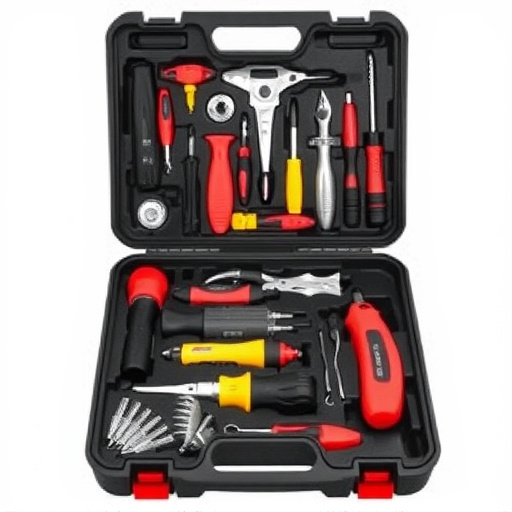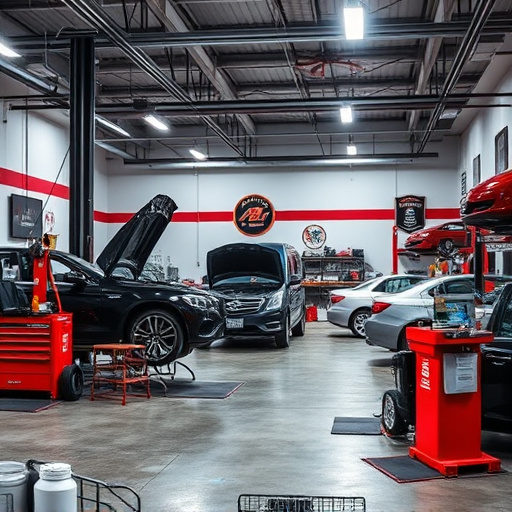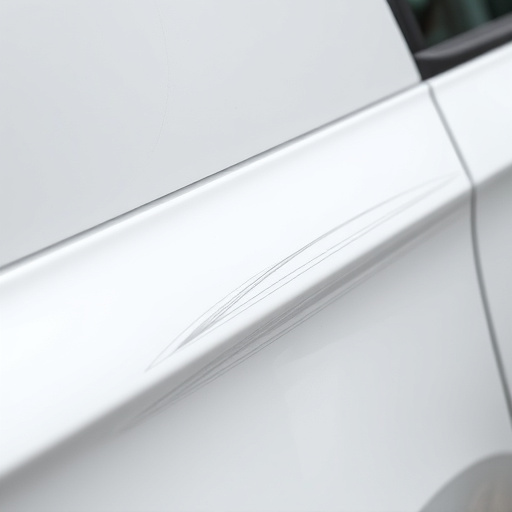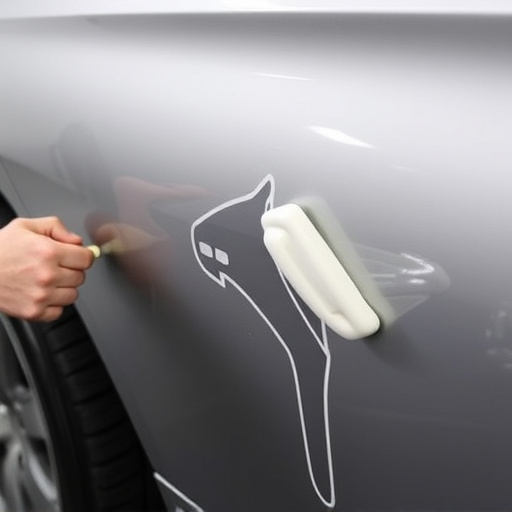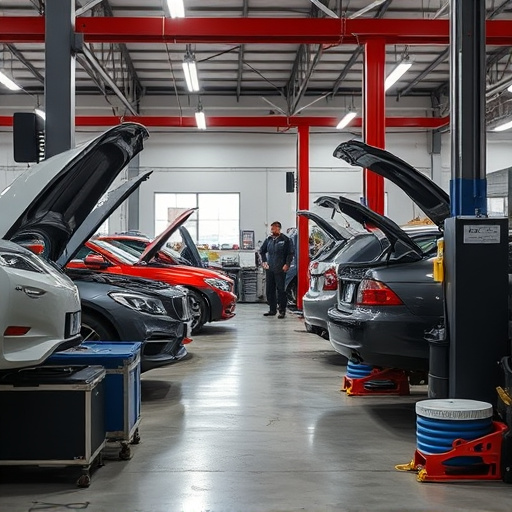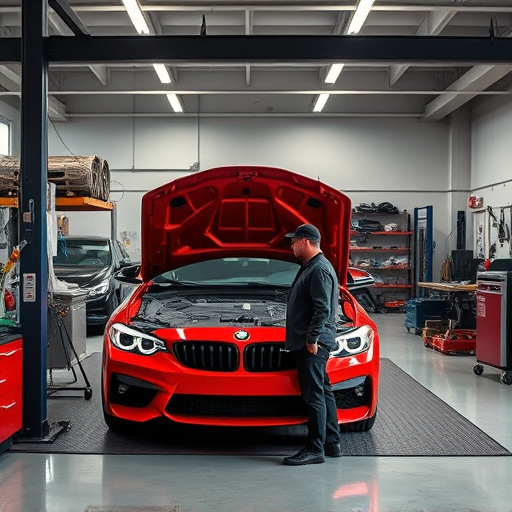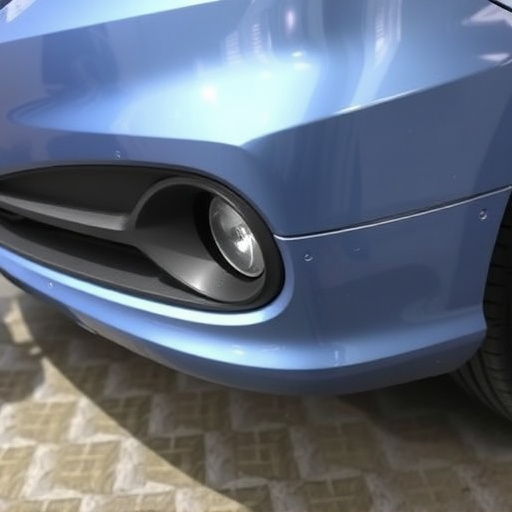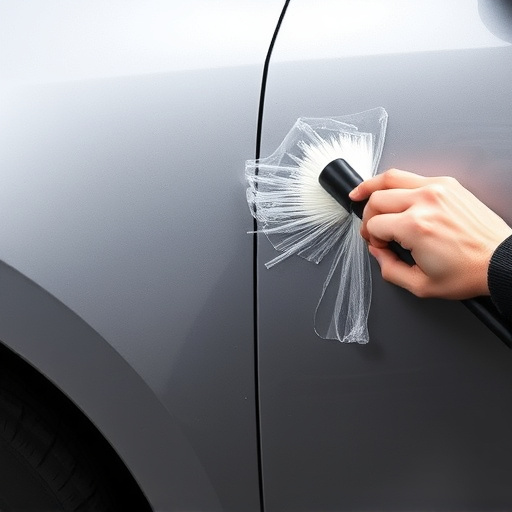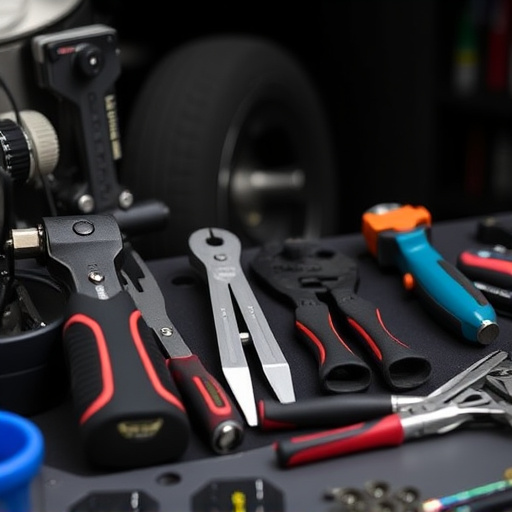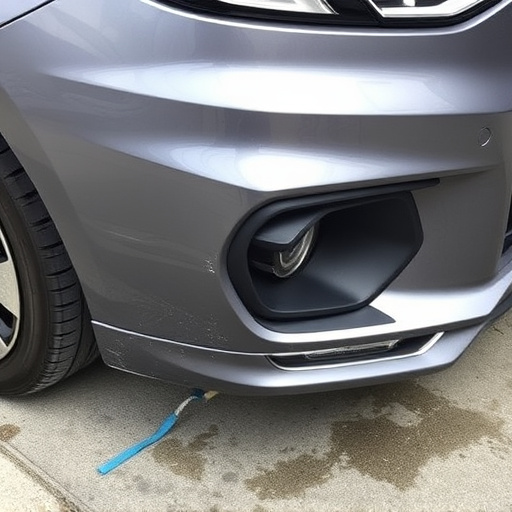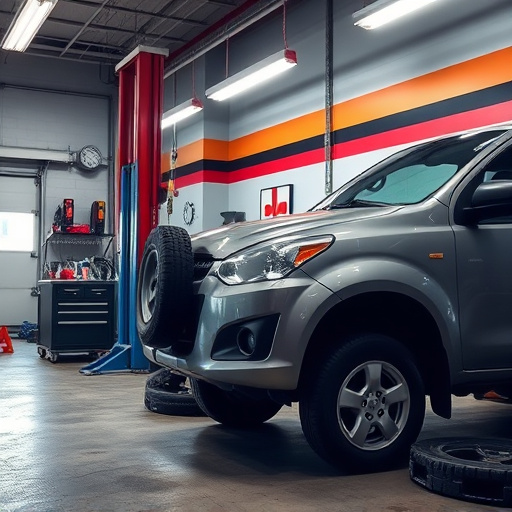Before approving hail damage repair, conduct a thorough vehicle inspection for dents, dings, and cracks. Verify contractor credentials including licenses, insurance, and certifications in hail restoration. Review past work and customer testimonials. Compare proposed methods and costs from multiple auto collision centers, including material, labor, and auto glass repair prices.
Before approving any hail damage repair work, homeowners should arm themselves with knowledge. This guide outlines crucial questions to ask, ensuring you make informed decisions. Firstly, assess the full extent of the hail damage. Next, verify the contractor’s credentials and licensing to confirm their legitimacy and expertise in hail damage repairs. Lastly, understand the proposed repair methods, costs involved, and get multiple estimates to ensure fair pricing for quality work.
- Understanding Hail Damage Extent
- Verifying Contractor's Credentials
- Reviewing Repair Methods and Costs
Understanding Hail Damage Extent
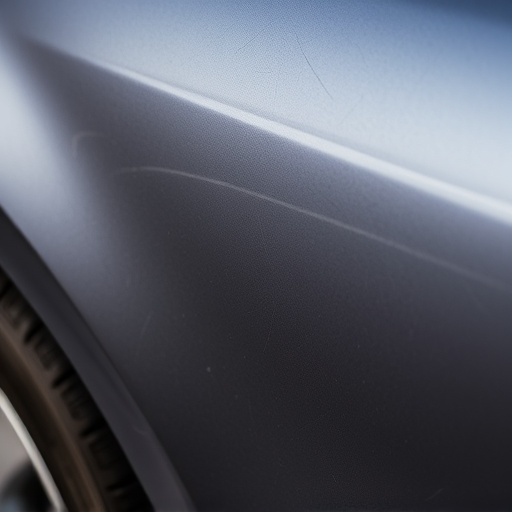
Before approving any hail damage repair work, it’s crucial to have a clear understanding of the extent of the damage. Take a thorough look at your vehicle, examining every inch for signs of impact from hailstones. Note any dents, dings, or cracked parts, as these are indicators of the severity of the storm. Consider the size and shape of each mark – larger, more profound dents may require more extensive repairs than smaller ones.
Remember that a professional car body shop offering collision repair services will conduct a detailed assessment to determine the full scope of work needed for hail damage repair. This involves utilizing specialized tools and techniques to measure and analyze the affected areas, ensuring no hidden damage goes unnoticed.
Verifying Contractor's Credentials
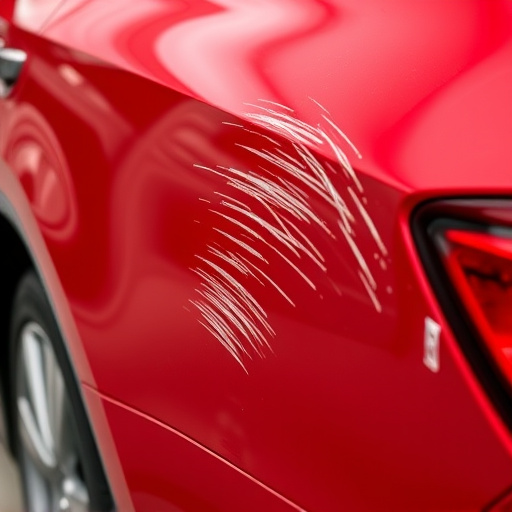
Before approving any hail damage repair work, it’s crucial to verify the contractor’s credentials. This step is essential to ensure that the person or company repairing your vehicle has the necessary skills and experience. Check if they are licensed, insured, and bonded – this provides a level of protection for both you and your vehicle. Reputable contractors should be able to present certifications and training in hail damage restoration techniques and carry liability insurance to cover any potential issues that may arise during the repair process.
Additionally, look into their past work and customer reviews. This can give you an idea of their quality of service and attention to detail. If they have handled similar hail damage repair cases before, especially after a fender bender, it shows their capability to restore your car’s exterior to its pre-damage condition. Moreover, consider whether they offer car paint services or scratch repair as part of their package, ensuring a comprehensive restoration that goes beyond mere fixing of dents.
Reviewing Repair Methods and Costs
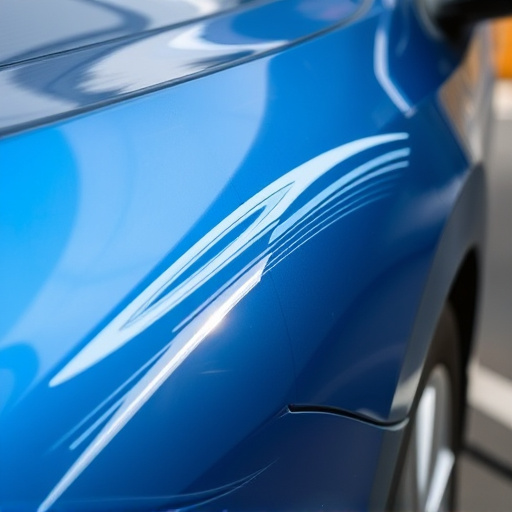
Before agreeing to hail damage repair work, take a moment to review the proposed methods and costs. It’s crucial to understand what specific repairs are recommended for your vehicle, especially since every auto collision center may have different approaches to addressing hail damage. Ask about the expertise of their technicians in handling such cases; experienced professionals will employ the most effective techniques tailored to various types of hail damage, from minor dents to more severe panel replacements.
While assessing costs, consider not only labor but also material prices. Compare quotes from multiple vehicle body shops to ensure you’re getting a fair deal. Keep in mind that auto glass repair might be an integral part of the process if windows are affected, and these repairs can vary widely in cost. Understanding the breakdown of expenses will empower you to make an informed decision and select the best course of action for your hail-damaged vehicle.
Before approving any hail damage repair work, thoroughly understanding the extent of the damage, verifying the contractor’s credentials, and reviewing proposed repair methods and costs are essential steps. By doing so, you’ll ensure that your property is restored effectively and affordably, preventing further complications and costly mistakes in the process of hail damage repair.
